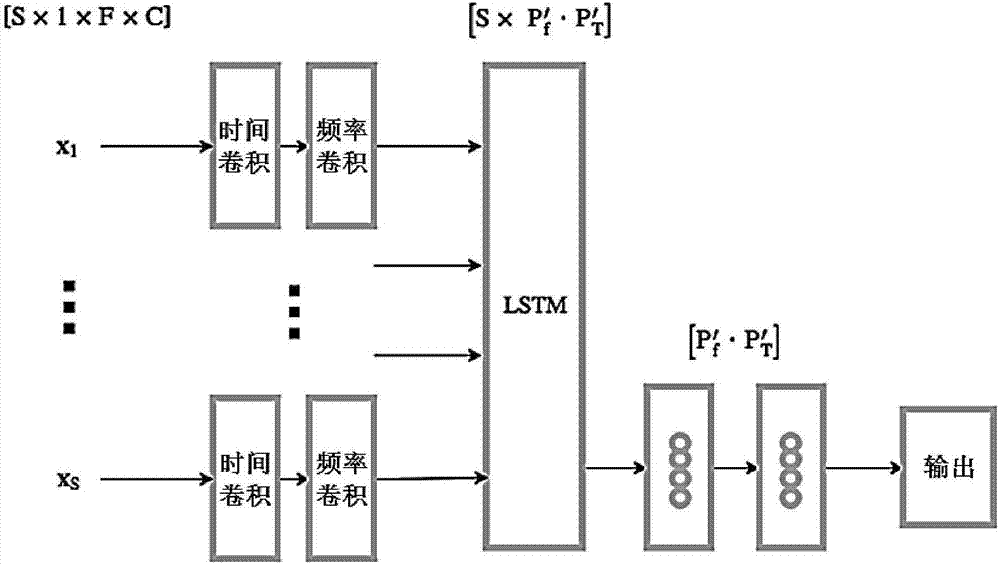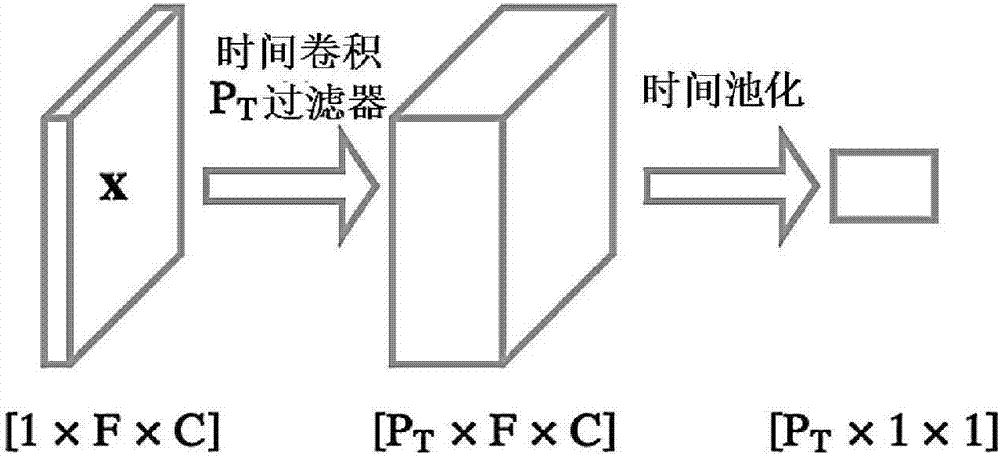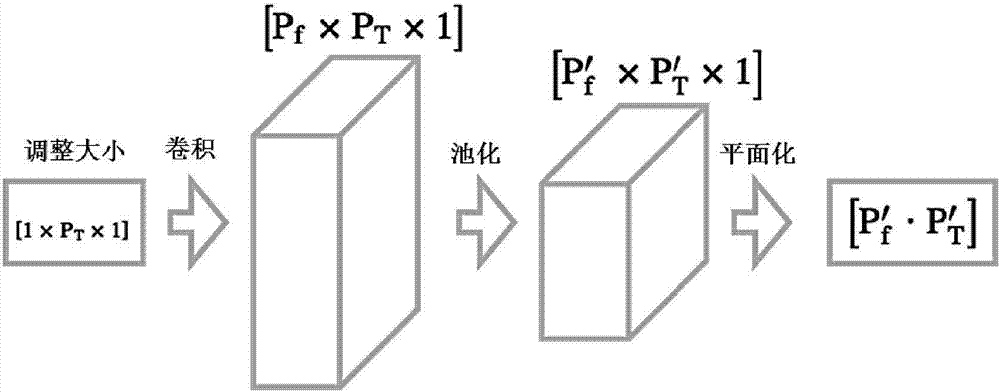Convolutional long-and-short-term-memory end-to-end deep neural network for voice cheating detection
A deep neural network and convolutional neural network technology, applied in the field of end-to-end deep neural network based on convolutional long short-term memory, can solve the problem of low matching degree of optimal feature terminal classifiers, simplify the pipeline and improve the detection results. Effect
- Summary
- Abstract
- Description
- Claims
- Application Information
AI Technical Summary
Problems solved by technology
Method used
Image
Examples
Embodiment Construction
[0023] Such as figure 1 As shown, this embodiment relates to an end-to-end speech deception detection system based on convolutional long-short-term memory, including a CLDNN as a joint feature extractor and a classifier, and the CLDNN includes: CNN, LSTM and DNN.
[0024] In this embodiment, the original wave is used to train the classifier. Torch is used as the deep learning library of this model, and the RNN package needs to be installed to complete the LSTM model.
[0025] Each input raw wave file is first divided into 560 frames of the same size, which is equivalent to a 35ms frame window. There is 17.5ms overlap between adjacent frames (ie 50% overlap rate).
[0026] The CLDNN in this embodiment includes: the first layer CNN using 64 feature maps for standard feature extraction and the second layer CNN using 128 feature maps, the third and fourth layer LSTM for label prediction using 128 nodes and DNN layers as direct classifiers of neural networks.
[0027] This embod...
PUM
 Login to View More
Login to View More Abstract
Description
Claims
Application Information
 Login to View More
Login to View More - R&D
- Intellectual Property
- Life Sciences
- Materials
- Tech Scout
- Unparalleled Data Quality
- Higher Quality Content
- 60% Fewer Hallucinations
Browse by: Latest US Patents, China's latest patents, Technical Efficacy Thesaurus, Application Domain, Technology Topic, Popular Technical Reports.
© 2025 PatSnap. All rights reserved.Legal|Privacy policy|Modern Slavery Act Transparency Statement|Sitemap|About US| Contact US: help@patsnap.com



